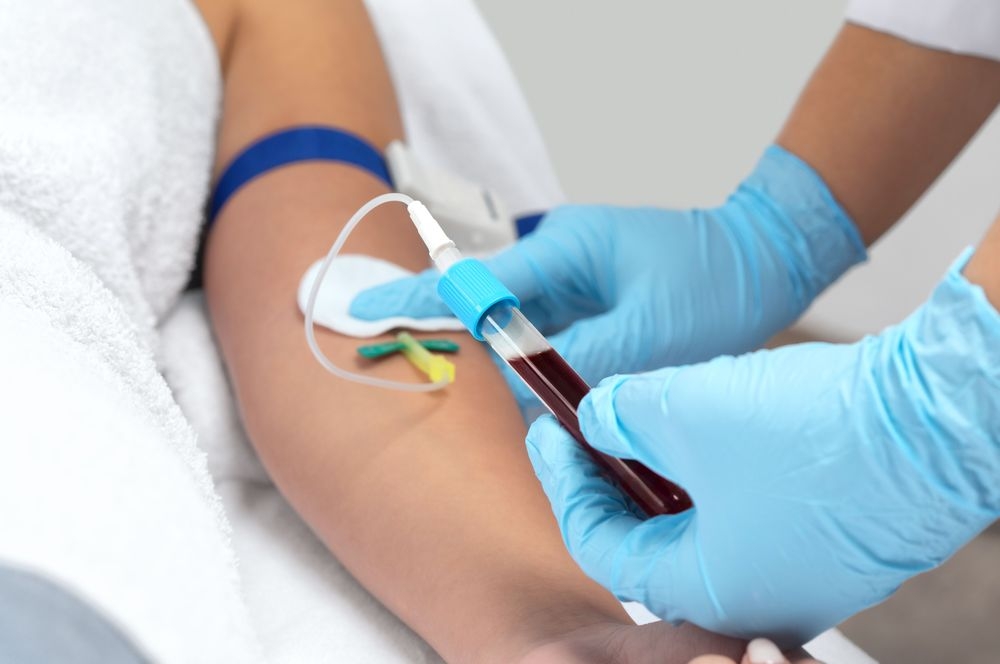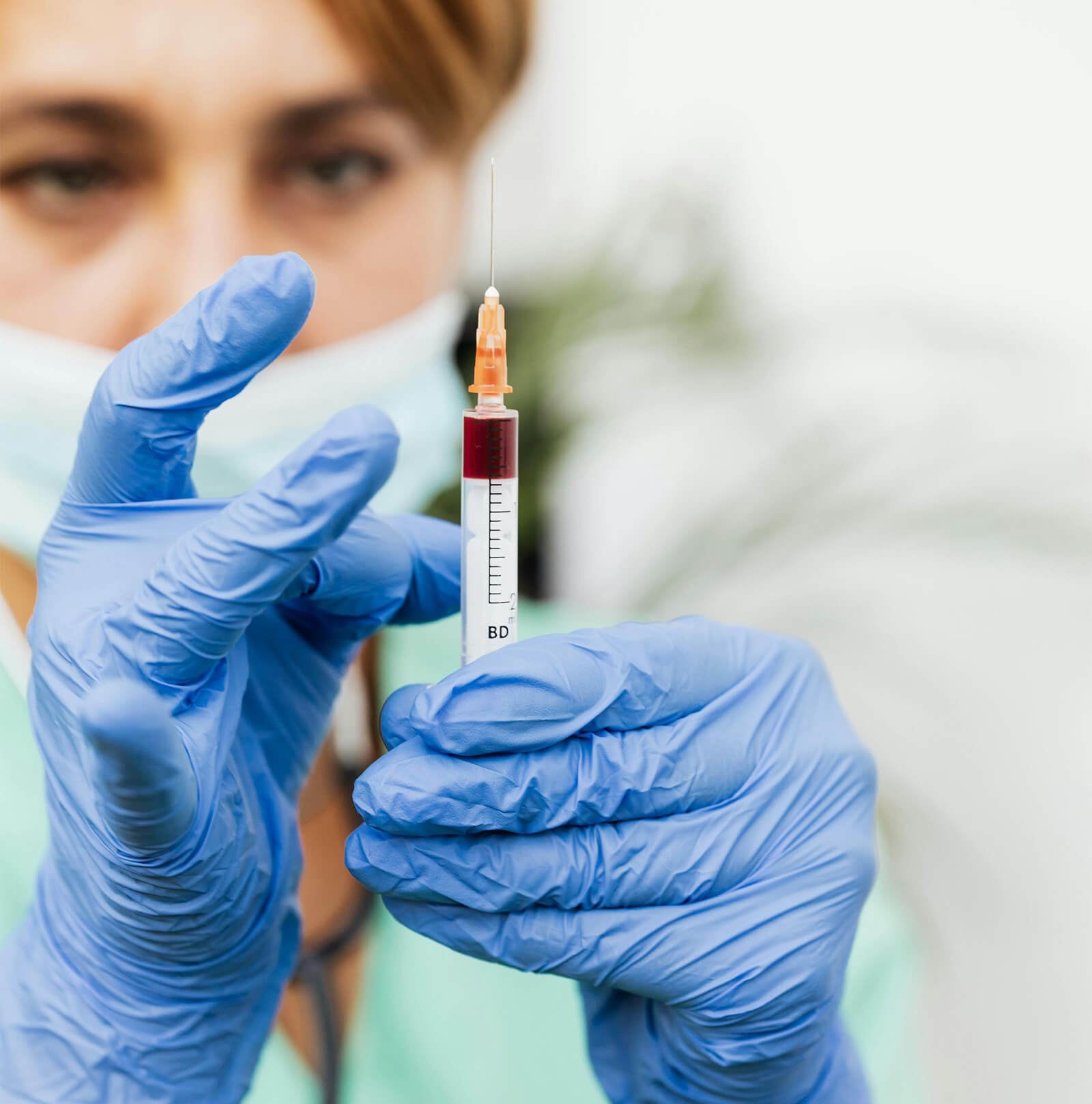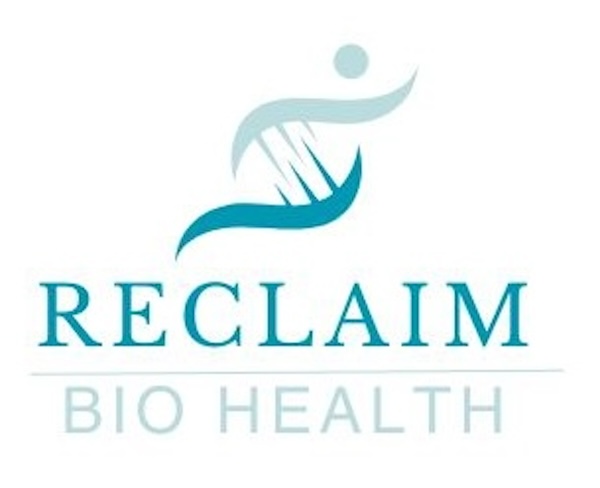
What Is PRP?
Understanding PRP
PRP is created from an individual’s blood. The process begins with a simple blood draw, similar to routine blood tests. This sample is then placed in a centrifuge, a machine that spins the blood at high speeds. This spinning process separates the blood components, allowing for the isolation of platelet-rich plasma. This concentrated plasma is rich in growth factors, which are critical for the body’s healing process.
How PRP Works
The isolated PRP, once injected back into the body, acts as a catalyst for tissue repair. The growth factors within PRP play a pivotal role in cell proliferation, the regeneration of tissues, and the formation of new collagen, the protein responsible for skin elasticity and firmness. By enhancing the body’s natural healing processes, PRP therapy can effectively address a variety of conditions.

Applications and Benefits of PRP
PRP therapy has found applications across multiple medical fields due to its potential to speed up the healing process and regenerate tissue. Here are some key areas where PRP injections have shown promise:
- Musculoskeletal Injuries and Conditions: PRP can be a valuable addition to the treatment of chronic tendon injuries (such as tennis elbow or jumper’s knee), accelerating healing, reducing pain, and facilitating a quicker return to normal activities.
- Cosmetic Enhancements: In the aesthetic domain, PRP is used to rejuvenate the skin by promoting collagen production. This can result in improved skin texture and tone, reduction in fine lines and wrinkles, and overall facial rejuvenation.
- Hair Loss: PRP therapy is also employed as a treatment for certain types of hair loss, where it can stimulate hair follicles to promote new hair growth. PRP thus serves as non-surgical hair restoration.
